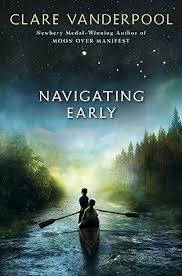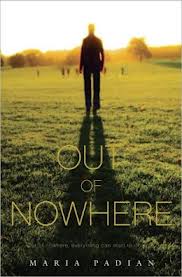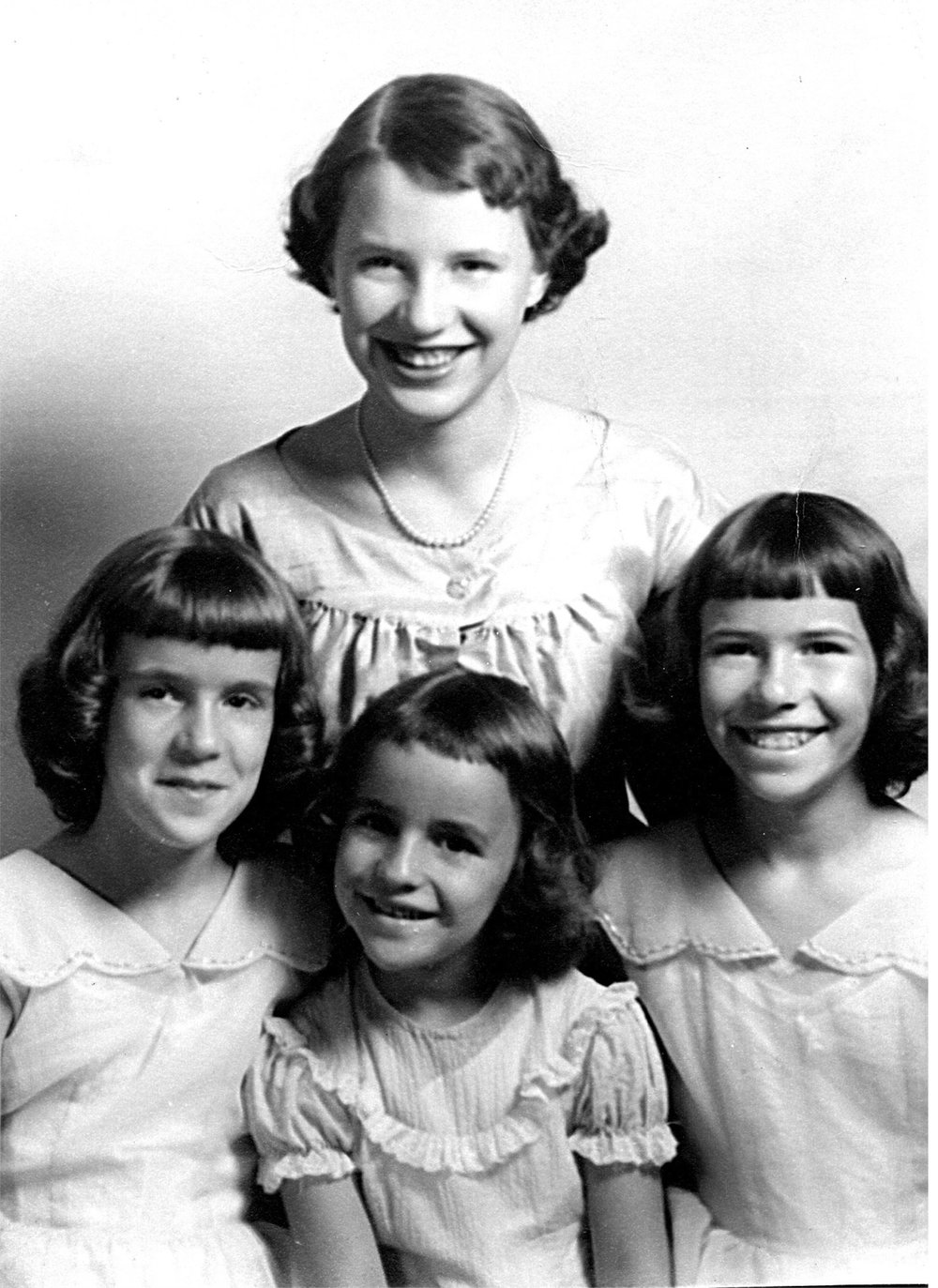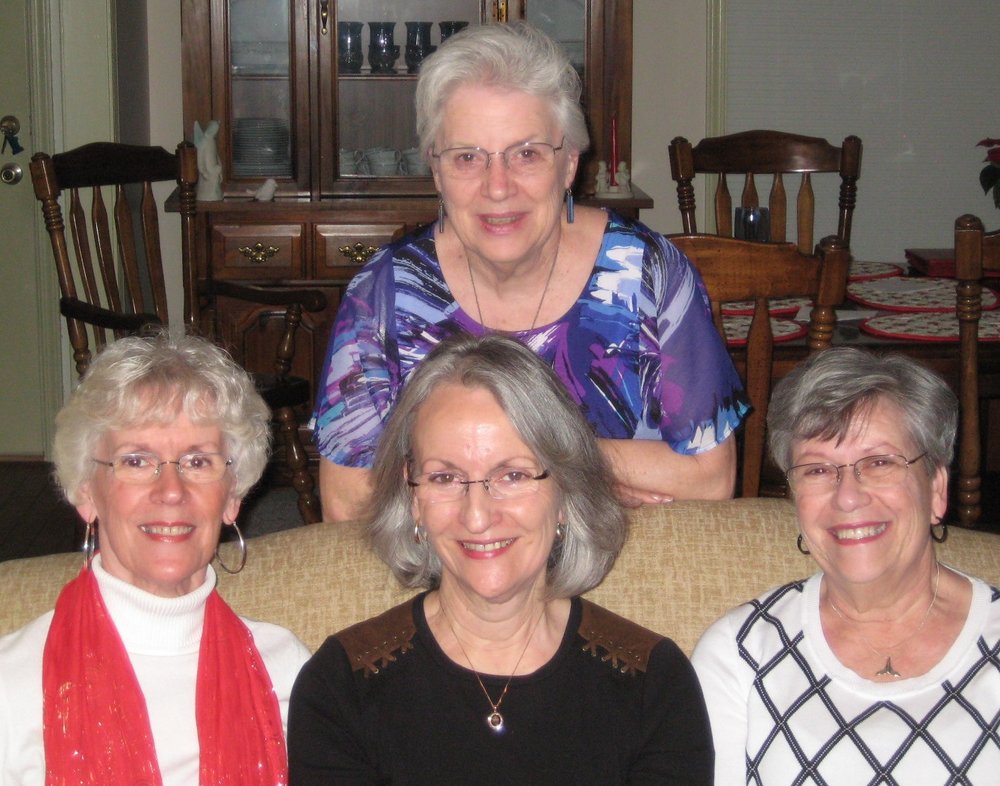 Readers, who are writers, can double their pleasure. Whoops! Make that triple if they are also photographers. This year marks the 25th anniversary of Thema, a literary magazine published in Metairie, Louisiana. The photograph shows editor Virginia Howard with the first year’s issues. I’ve been thinking about adjectives to describe this quarterly magazine. I’ve tried out funny, touching, sad, nostalgic, empathetic – and found them all correct, depending on which selection you choose to read. If you’re a reader you can find fiction of different lengths; poetry rhymed and unrhymed, in traditional or new forms; nonfiction and memoirs. Opening the magazine reminds me of taking the lid off a candy sampler, and I find the same difficulty in observing my resolution to savor just one a day.
Readers, who are writers, can double their pleasure. Whoops! Make that triple if they are also photographers. This year marks the 25th anniversary of Thema, a literary magazine published in Metairie, Louisiana. The photograph shows editor Virginia Howard with the first year’s issues. I’ve been thinking about adjectives to describe this quarterly magazine. I’ve tried out funny, touching, sad, nostalgic, empathetic – and found them all correct, depending on which selection you choose to read. If you’re a reader you can find fiction of different lengths; poetry rhymed and unrhymed, in traditional or new forms; nonfiction and memoirs. Opening the magazine reminds me of taking the lid off a candy sampler, and I find the same difficulty in observing my resolution to savor just one a day.
Thema’s title comes from the premise for each issue. All the writings and photography must relate to the chosen theme. Examples are: “A week and a day,” “Who keeps it tidy?” and “Put it in your pocket, Lillian.” This leads to yet another challenging pleasure if you’re a writer or photographer. You may be a newbie with a spring in your step or a veteran with snow on the mountain. The only requirement is to write or photograph something that fits the theme. Unlike many literary magazines, there is even a small payment. A short piece might take you to dinner and a longer piece might take you and a friend, that is if you like fast food. Better than the payment may be the addition to your reputation. Writers for Thema’s pages sometimes get their names mentioned by New Pages in their literary magazine reviews.
A helpful hint is to look at the themes and see if there is something that you’ve already written that fits as I did with my “A Change in Plans” memoir for the About Two Miles Down the Road issue or my “Katrina’s Aftermath” poem for the When Things Get Back to Normal issue. Or you might use the theme as a writing 
Whether you want your pleasure as a single, double, or triple, I did finally figure out the best adjective for the magazine as a whole. Thema is quirky. There is only one like it.




























